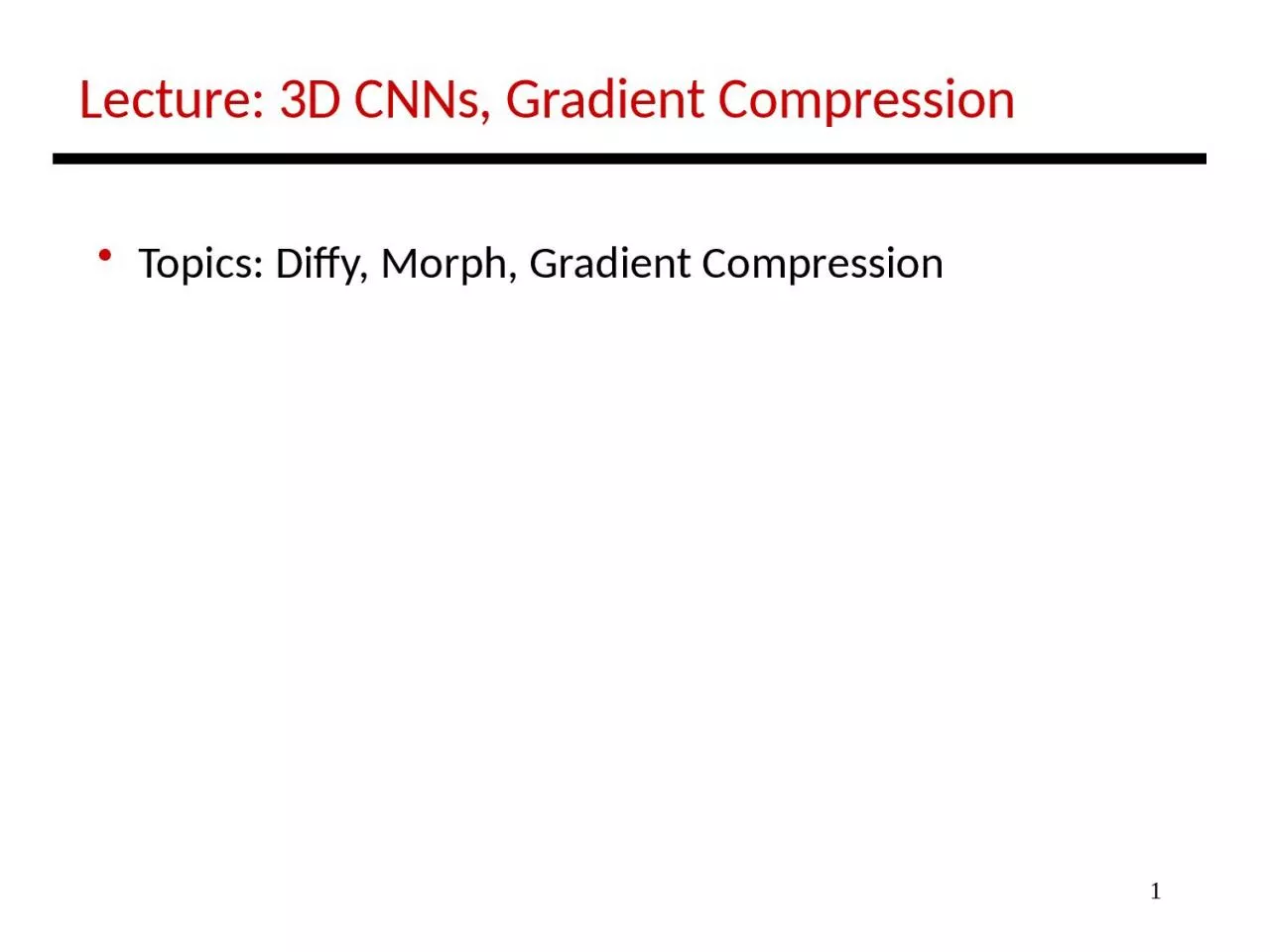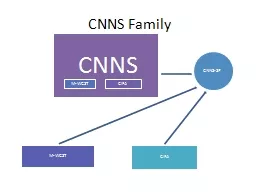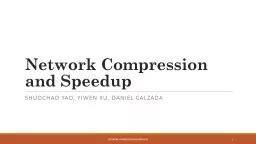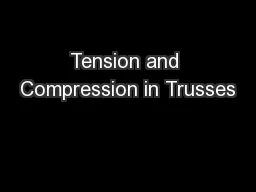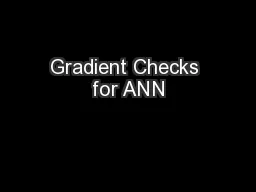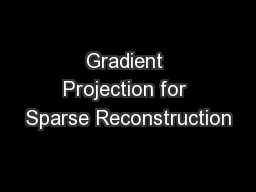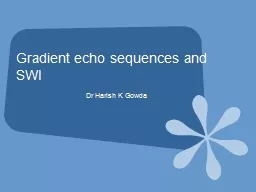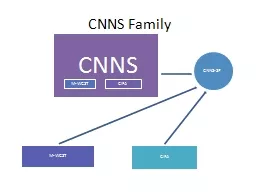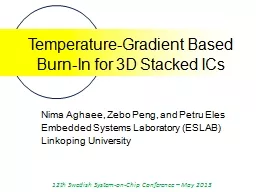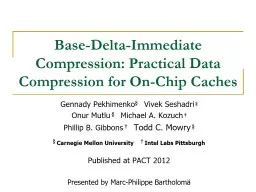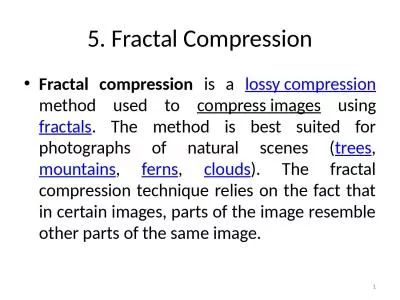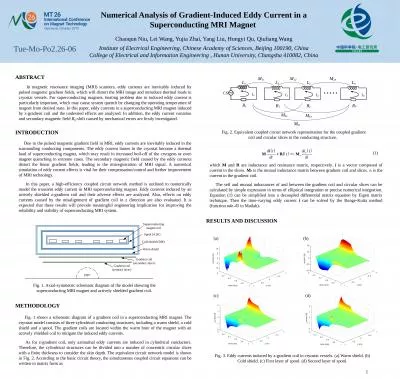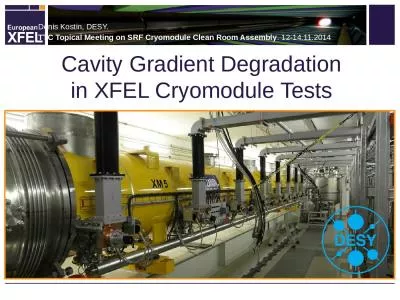PPT-1 Lecture: 3D CNNs, Gradient Compression
Author : ella | Published Date : 2023-05-21
Topics Diffy Morph Gradient Compression 3D CNNs Used for video processing Examining a series of F images in one step T is typically 3 Note that F reduces as we
Presentation Embed Code
Download Presentation
Download Presentation The PPT/PDF document "1 Lecture: 3D CNNs, Gradient Compression" is the property of its rightful owner. Permission is granted to download and print the materials on this website for personal, non-commercial use only, and to display it on your personal computer provided you do not modify the materials and that you retain all copyright notices contained in the materials. By downloading content from our website, you accept the terms of this agreement.
1 Lecture: 3D CNNs, Gradient Compression: Transcript
Download Rules Of Document
"1 Lecture: 3D CNNs, Gradient Compression"The content belongs to its owner. You may download and print it for personal use, without modification, and keep all copyright notices. By downloading, you agree to these terms.
Related Documents

